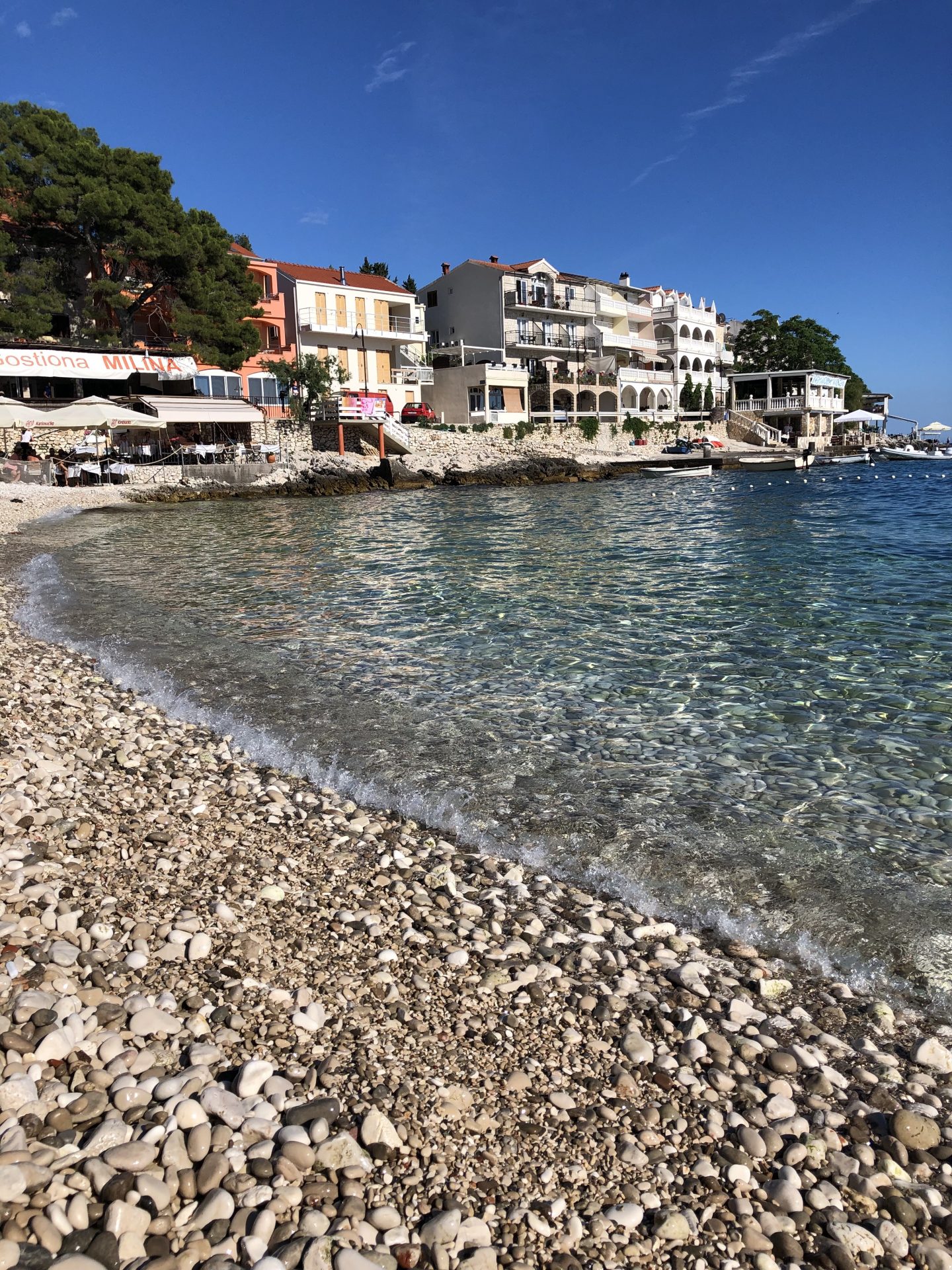Croatia is quickly climbing up the ranks of must visit European countries. This mediterranean hotspot is difficult to beat in terms of variety and beauty: with 2000 kilometres of pristine coast (including 1200 islands); a selection of historical cities boasting Roman, Venetian and baroque architecture; and some stunning national parks.
Here’s our gap year and adventure travel pros and cons:
Pros:
Croatia boasts some of the most beautiful cities in Europe.
It’s home to 7 UNESCO World Heritage sites
It has 7 national parks, including the seriously stunning Plitvice Lakes and Krka Waterfalls.
Given the vast coastline, and many islands, it’s easy to get off the tourist trail, even in peak season (July-August).
It’s home to some of the clearest sea in the World due to the (mostly) pebbly beaches and difficult to beat for island hopping.
In the Summer, Croatia hosts several seriously cool music festivals.
It has an excellent transport system of buses and ferries
English is widely spoken amongst the young.
Croatia is excellently located to visit neighbouring countries.
Cons:
As the economic climate is tough, it’s not easy to get a paid job here, but there’s a good choice of volunteer programmes.
It’s not as cheap as the East, but Croatia compares well to the rest of Europe.
Dubrovnik is totally over run with tourists in the Summer months. Try and visit in the off-peak months.
Split also suffers from over-crowding in the Summer. Visit early morning or early evening when the cruise ship crowds have gone.
Cash is king. Many places don’t accept cards and ATMs can be difficult to find in smaller villages and the more remote islands.
Be aware that, although it is in the EU, Croatia uses the Kuna as its currency. If you want to use your Euros, you will probably over pay.
Many restaurants and cafes on the islands close down in the Winter.
